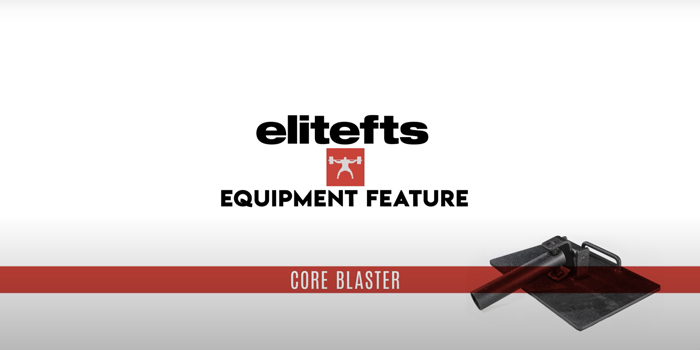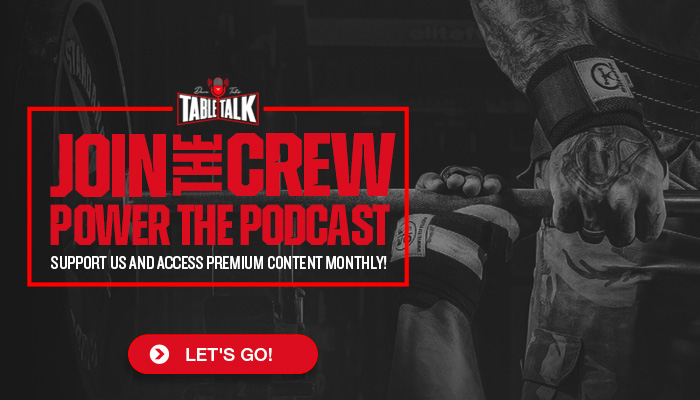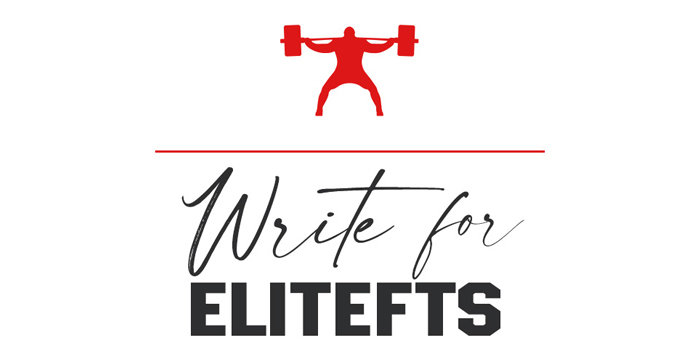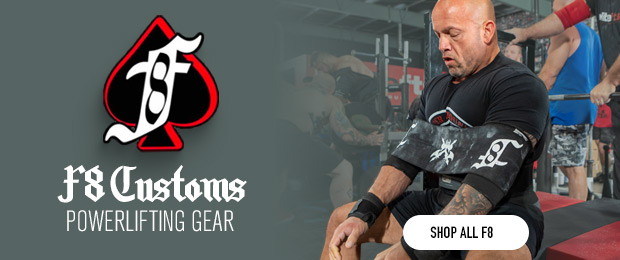
Single-leg training is here to stay. The benefits of how it can help improve stability and strength outweigh any misconceptions people may have about it.
Most veer far from them as they require more coordination, stability, and time.
The Core Blaster is an amazing tool that can be the best investment for younger developing athletes as it aids in rotational strength, speed, and versatility!
You can get creative like I do here and add attachments to better serve your sports needs and demands.
The ease of use and vector angle at which most exercises start allow for a safer setup and the ability to be explosive when needed.
Here are three unique ways to use the Core Blaster to add strength and flare to your training.
If you prioritize your glute work, this version of the Core Blaster RDL can help you build more muscle without sacrificing the poor genetic coordination you have maybe been passed down.
As a bonus, this version can target some hips because of the Core Blaster and can clear up pesky low back injuries.
The Setup
- Start by being lined up parallel to the Core Blaster. We will be doing more contralateral movement, with the load coming from the inside while you hold the end handle on the outside.
- From here, you will use larger plates and grab the plate with the inside hand for added stability.
- Descend with a hinge, keeping a slight bend in the knee while you shoot your hips backward until you can not bend more without rounding the back and losing tension on the glutes and hamstrings.
- Return to the starting position and repeat.
Why It Works?
- Adding stability to a movement can increase its ability to build muscle. Adding the grip with the hand will allow you to load heavier without the limiting factor of your balance being the issue.
- The Core Blaster allows you to progressively overload more than dumbbells, which can get awkward as you exceed 80 pounds per arm.
- There is a slight horizontal vector component with the Core Blaster as you can lean inwards and bias the hips, giving you even more bang for your buck.
- The setup is one most can use in a garage without needing access to a gym.
Programming Suggestions
- Use as an auxiliary exercise after heavier squats or deadlifts.
- Stick to rep ranges of 6-8. Anymore more becomes much easier to lose form and risk injury.
- Cycle in on lower body days or pull days in six to eight-week blocks.
Next, the lateral lunge is an exercise many gym users neglect. It is hard and uncomfortable, and you can not load heavy, so it strips egos from men. It does have a massive benefit from a muscular standpoint from the muscles it works.
Muscles Worked
- Quadriceps
- Gluteal Muscles
- Hamstrings
- Abductor Magnus (inner thigh)
- Vastus Medialis Obliquus (VMO)
It also carries so many proprioceptive benefits, starting with:
- Helping the body become resilient to odd movements and positions outside the sagittal plane.
- Increasing quad, glute, and hip strength.
- They help stabilize the spine and improve posture.
- Improve balance and coordination.
- Regain strength coming back from an injury.
Now that we know what it is and its benefits, let's explore a variation I like and found super effective using a Core Blaster!
1. The Core Blaster Lateral Lunge
Here Is How To Do It
- Start standing, holding a Core blaster in the top position with your body leaning in towards the plate at your chest, core tight.
- Step to the left/right a few feet with your right leg, taking a relatively large step.
- Land. Keeping your left leg slightly bent to allow more range for your working leg, bend your right knee and push your butt back, lowering slowly.
- Lower comfortably as far as you can, aiming to get your thigh parallel to the ground. Then, explosively drive up and to the left, driving back to a standing position.
- Do three sets of 6-10 reps per side.
I have come to love this for a few reasons:
- It is not an awkward feeling.
- You can lean IN towards the plate, allowing you to shift a majority of the weight on the working leg while keeping better balance and being able to load heavier.
- You can get a deeper stretch reflex from the muscles worked by the vector angle, allowing more angled hip and knee flexion.
In a typical side lunge, you will step one foot out at your side, then sink your hips back and bend your knee to lower your butt to the floor. As you lower to the floor, you will keep your opposite leg straight.
However, in this version, you bend both knees to allow for more depth in the lunge, and the working leg is the one closest to the Core Blaster. You can "feel" by placing more weight on that leg to make it do most of the work, and it can fire up high-threshold motor units in the hips to create more dynamic stability around the joint.
Strong hips are not just for show; they help you develop a bulletproof body that is injury-free and a powerhouse when it comes to squatting and deadlifting. By working on this, you can watch both these lifts go up.
Give it a go and try working in rep ranges 6-10.
2. Core Blaster RDL to Row
Next is a favorite of mine for a combination move. They often get a bad rep because of their load and exercise selection limitations, but I find this one stellar for many reasons.
It is a Core Blaster RDL to Row. It is not a best friend for hypertrophy, but as an athlete or gym user looking to improve intramuscular coordination, balance, and posture, this can be your next ticket to success.
You can combine it by doing a single-leg RDL right into a row, or, as shown below, I like doing the isometric row first and finishing off the legs on the single-leg Romanian Deadlift last.
Why does this work?
- Isometrics work to build tendon resiliency and improve motor control, which is essential for a developing athlete.
- Posterior chain work is a prime need for athletes in general, and this variation sets in a "pre-fatigue" by starting out with the isometric, so the load goes a long way since you are limited by what you can row.
- This variation also strengthens hips as the Core Blaster allows a more focal vector plane to be able to shift your bodyweight towards the midline, another added benefit that will be quick to neutralize or prevent injuries from occurring.
Lastly, let's move on to the Core Blaster skater lunge!
3. Core Blaster Skater Lunge
This is a unique exercise I find very beneficial for hockey and really any sport requiring frontal plane movement.
The setup is key. You have to position the end of the bar in the crock of your elbow and lean in towards the anchor point.
This will engage more of the hips and psoas region to create a powerful posterior sling that controls the lumbar spine's rotation, stability, and strength.
From the starting position, you simply descend back into a reverse lunge and return to the start, where I find keeping tension on the working leg crucial for overall hypertrophy.
Key Points
- Lean IN towards the anchor point, roughly 60 degrees from parallel.
- Place the end of the bar in the crock of your elbow and push your weight against the inside of the plate
- Keep tension on the working leg as you perform repetitions, with a good guide being in the 6-10 range.
Use this as an accessory exercise to your deadlift day and watch your unilateral strength and stability on the field improve.
MORE USES
Mike Over is a NASM master trainer and owner of Over-Achieve Fitness in Pennsylvania. He works with hundreds of everyday gym-goers and athletes of all levels.











